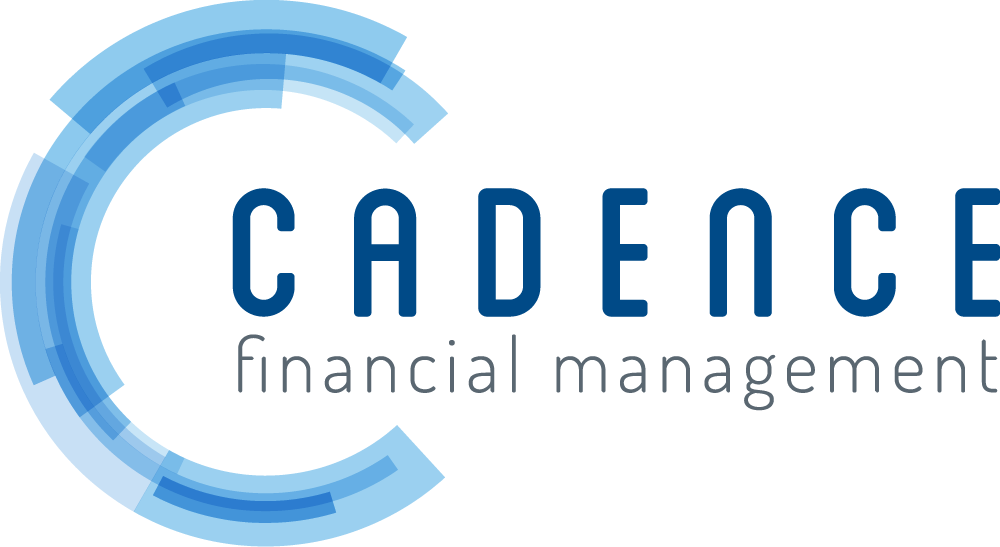PEPs Revisited with Reproposed IRS Rule
The Setting Every Community Up for Retirement Enhancement (SECURE) Act of 2019 enables two or more businesses to form a pooled employer plan (PEP) regardless of whether they’re related by industry, location or other association. In essence, the act created a new type of multiple employer plan (MEP) that significantly expands access to tax-advantaged retirement accounts. It also reduces administrative burdens for small- to medium-sized businesses looking to offer their employees a retirement plan benefit.
PEP Benefits
Organizations participating in a common PEP are not only afforded tax breaks but are unburdened from the task of filing separate form 5500s. The plans are professionally administered by a pooled plan provider (PPP), who assumes fiduciary liability over the plan. PEPs also offer savings potential as a result of sharing the costs for plan management and administration among participating employers. While employers may now cross industry lines to join forces in a retirement plan, providers may have their own specific eligibility criteria that businesses must satisfy.
PEPs were projected to have more limited customizability, but the already fast evolution is proving that may not be the case. Adopting employers of PEPs may tailor their plan design with certain features including: a safe harbor provision, auto-enrollment, auto-escalation, profit sharing and Roth contributions. They may also adopt various plan eligibility, matching and vesting requirements among many others.
While PEP benefits for participating employers are many, one potential drawback occurs when one of the businesses fails to uphold one of its fiduciary responsibilities. This matter is currently being considered by the IRS, which recently reproposed regulations pertaining to how MEPs and PEPs must address such situations — the so-called “one bad apple” rule. It also details administrative functions of the PPP, which include, but are not limited to:
Monitoring compliance and making updates with respect to ERISA, pertinent tax codes and terms of the plan, including satisfying all required reporting and disclosures.
Performing required nondiscrimination testing.
Maintaining accurate plan data and processing participant transactions.
How Do You Like Them Apples?
Should one of the participating employers fall short in its fiduciary obligations, the one bad apple rule sets forth the actions that must be taken including: notices to be sent to the employer, actions the plan administrator would take if the employer failed to either correct the failure or create a spinoff of its portion of the plan, and any related deadlines. The rule would also require a statement indicating that plan participants become fully vested in the event the employer does not remedy the failure or establish a spinoff. As currently proposed, the final deadline for the employer to take action is considerable — up to eight months after its receipt of the first notice. The IRS has scheduled a public hearing on the proposed rule for June 22. But prevalent legal thinking is that the “one bad apple” rule will likely be eliminated or mitigated.
Sources
https://www.federalregister.gov/documents/2022/03/28/2022-06005/multiple-employer-plans
This material was created to provide accurate and reliable information on the subjects covered but should not be regarded as a complete analysis of these subjects. It is not intended to provide specific legal, tax or other professional advice. The services of an appropriate professional should be sought regarding your individual situation. The material presented was created by RPAG. Securities, investment advisory, and financial planning services offered through qualified registered representatives of MML Investors Services, LLC. Member SIPC (www.sipc.com). Supervisory Office: 16 Campus Blvd, Newtown Square, PA 19073. Cadence Financial Management, LLC is not a subsidiary or affiliate of MML Investors Services, LLC or its affiliated companies. ACR# 4738228 05/22
